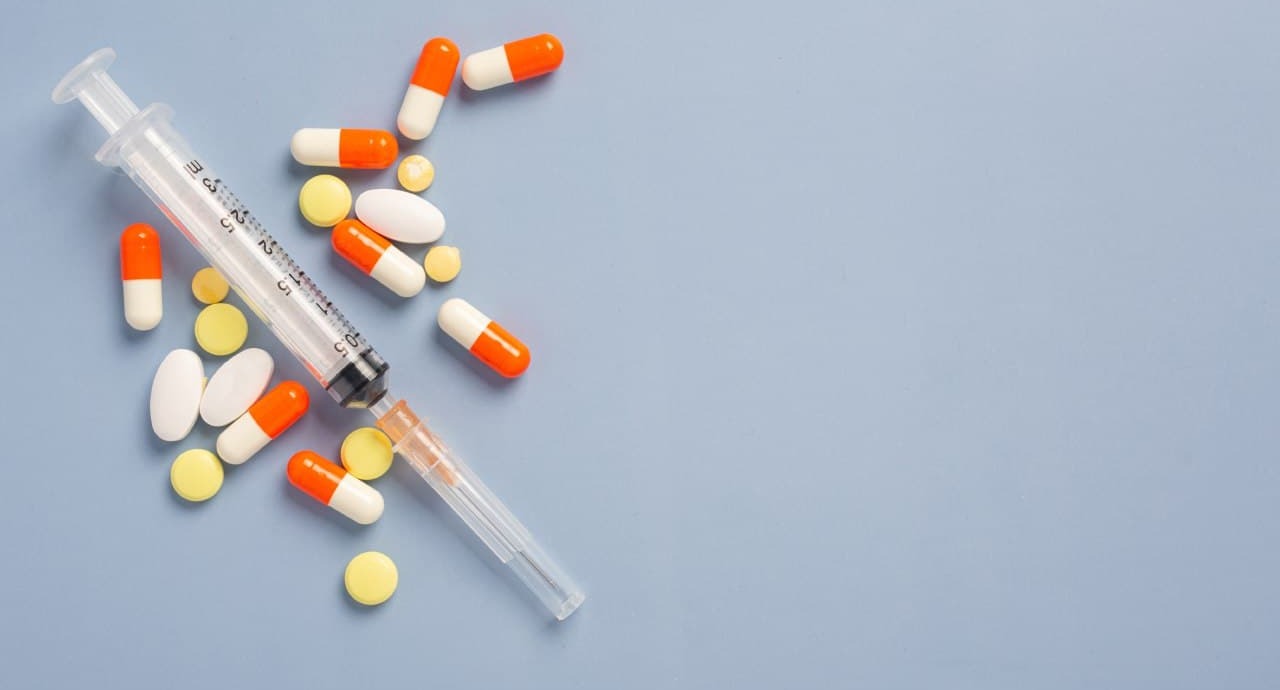People who have anyhow faced addiction to drugs, alcohol, or other psychoactive substances, have an acute question of how to find out what a person used.
This problem is particularly acute in the environment of a person who becomes suspicious of the state of his/her child, spouse or other close people.
Alcohol, narcotic, and psychoactive substance identification methods.
Express tests: does not require additional equipment, can be done at home. The test is carried out quickly, using a test system based on the content of decay products in the urine. There are test systems for both alcohol and drugs (mono, 3, 5, or 10 main types of psychoactive substances). The most affordable and cheapest method determines the “quality” content of the test substance in the body (present or absent). Takes 10-15 minutes.
Analyzer-aided test: a machine method, performed in a clinic or laboratory (with specialized equipment and trained personnel). It is carried out by a specialist, based on the content of the substance in the saliva or blood of the test person. The test results indicate not only the presence of the substance itself but also its concentration in the body. The official opinion is issued. Usually the result of the analysis is ready in 2-12 hours from the moment of receipt of the samples in the laboratory.
Toxicological laboratory test: the most accurate but at the same time a very expensive method carried out exclusively in specialized laboratories at research institutes of toxicology. The test is based on blood, a piece of the nail, the hair of the person being tested. As a result, a detailed opinion is issued on the presence, quantity (concentration) of the substance, and the duration of its presence in the body at different time periods. Usually the result and complete opinion take from 7 to 14 days.



